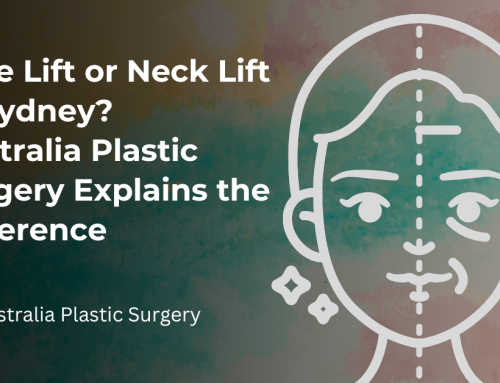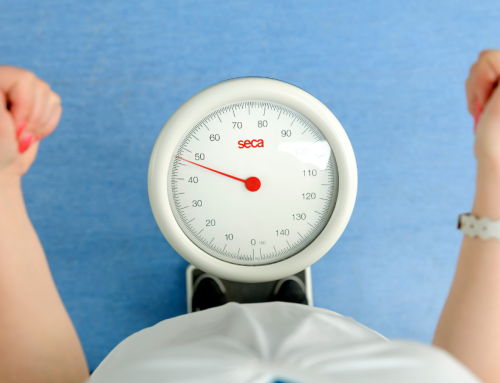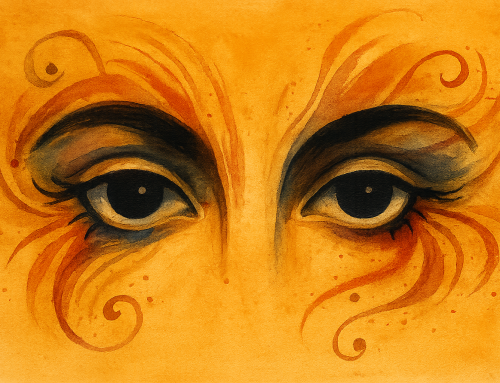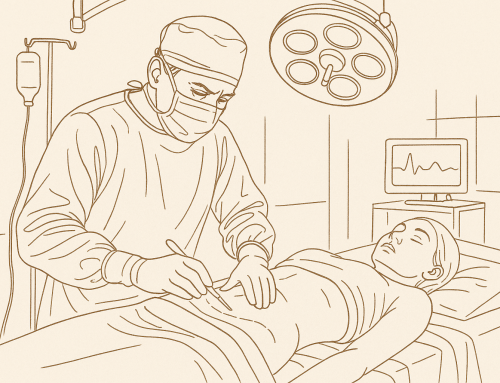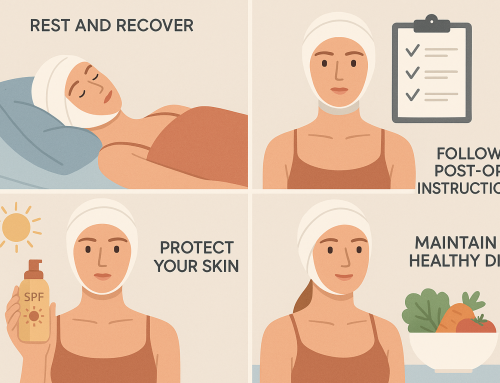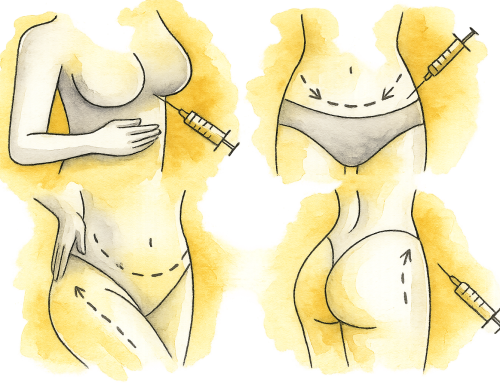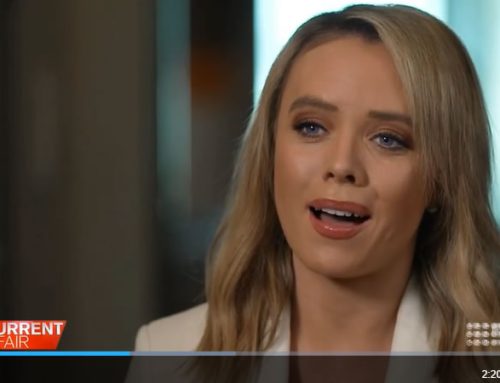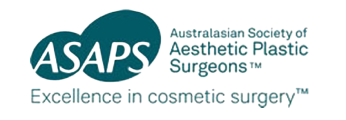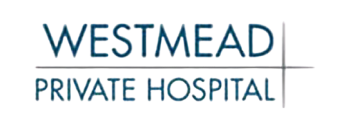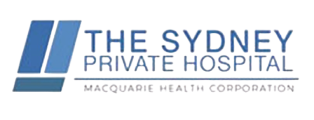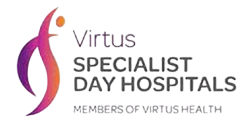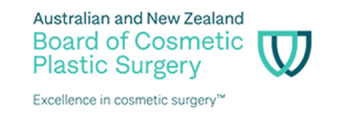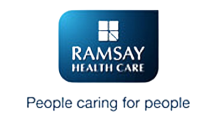Liposuction is one of the most common cosmetic surgery procedures used to reshape and contour the body by removing excess fat from targeted areas. It’s a popular choice for those who have stubborn fat deposits that don’t respond to diet and exercise. However, like any surgical procedure, liposuction carries risks and requires careful consideration. In this article, we will explore how safe is liposuction, the various types of procedures available, and how to ensure a safe and effective outcome, in compliance with Australian health standards.
Before considering liposuction, it’s crucial to understand the procedure’s safety, potential risks, and the importance of consulting with a qualified plastic surgeons in Sydney
What is Liposuction?
Liposuction is a surgical procedure designed to remove excess fat from various areas of the body, such as the abdomen, thighs, arms, and neck. It is primarily used for body contouring and is not a weight-loss solution.
Common Areas Treated with Liposuction:
- Abdomen: Often the first area targeted for fat removal.
- Thighs: Both inner and outer thighs.
- Arms: For those who struggle with stubborn fat in the upper arms.
- Neck and Chin: Reduces the appearance of a double chin.
This procedure is intended for individuals who are close to their ideal body weight but struggle with localized fat deposits that resist exercise and diet.
Types of Liposuction Procedures
There are several different types of liposuction procedures. The method chosen depends on the patient’s body, health, and aesthetic goals.
Traditional Liposuction (Suction-Assisted Liposuction):
Traditional liposuction uses a cannula (a thin tube) connected to a suction device. The surgeon manually moves the cannula through the fat layer to break it apart and remove it from the body.
Tumescent Liposuction:
This is one of the most commonly used forms of liposuction. It involves injecting a saline solution containing lidocaine (a local anaesthetic) and epinephrine (to reduce bleeding). This solution helps to minimise swelling, reduce pain, and constrict blood vessels, making the procedure safer and less invasive.
Ultrasound-Assisted Liposuction (UAL):
This technique uses ultrasonic sound waves to liquefy fat before it is suctioned out. It’s particularly useful for more fibrous areas, such as the back or male breast tissue.
Laser-Assisted Liposuction (SmartLipo):
In this method, laser energy is used to melt the fat before it is suctioned out. This can reduce bruising and swelling and is less invasive than traditional liposuction.
How Safe is Liposuction?
Liposuction is generally a safe procedure, especially when performed by a qualified, board-certified plastic surgeon. However, like any surgery, it carries certain risks.
Safety Factors:
- Surgeon’s Experience: Ensure that the surgeon is qualified and experienced in performing liposuction procedures. It is important that they are certified by the relevant regulatory authorities such as the Royal Australasian College of Surgeons (RACS).
- Patient’s Health: Patients should be in good overall health and free of conditions that could increase surgical risks, such as uncontrolled diabetes or cardiovascular issues.
- Type of Liposuction: Different liposuction methods carry different risk profiles. Techniques like tumescent liposuction are considered safer due to the reduced risk of bleeding and complications.
Potential Risks and Complications:
While complications are rare, some potential risks include:
- Infection: Infection is a risk with any surgical procedure. Adhering to post-operative care and taking prescribed antibiotics can minimise this risk.
- Scarring: Small incisions are made during liposuction, and while these typically heal well, they can leave permanent scars.
- Blood Clots: A blood clot, especially in the legs (deep vein thrombosis), can be a serious complication.
- Fat Embolism: In rare cases, fat can enter the bloodstream and travel to the lungs or heart, which is potentially life-threatening.
- Nerve Damage: Temporary or permanent numbness can result from nerve injury during the procedure.
- Fluid Imbalance: Liposuction involves the removal of fat and fluid. Too much fluid removal can lead to heart or kidney complications.
It is critical that patients follow all pre- and post-operative instructions to reduce these risks.
Are You a Good Candidate for Liposuction?
Liposuction is not a weight-loss method, but rather a body contouring procedure. Ideal candidates are those who:
- Are within 30% of their ideal body weight.
- Have good skin elasticity and muscle tone.
- Are not smokers or have quit smoking well before surgery (since smoking impairs healing).
- Have specific areas of fat they would like to target, rather than overall weight loss.
What to Expect During a Consultation:
The first step in considering liposuction is a consultation with a board-certified surgeon. During this consultation:
- Your medical history will be assessed.
- A physical exam will be conducted to ensure you are a good candidate.
- The surgeon will discuss the liposuction techniques available and the risks and benefits associated with each.
This is also the time to set realistic expectations for the outcome of the procedure.
Liposuction Services and Procedures at Australia Plastic Surgery
Australia Plastic Surgery offers comprehensive liposuction procedures that are tailored to meet the individual needs of each patient. The clinic prides itself on adhering to the highest safety standards. Below are the services offered:
- Consultations with Qualified Surgeons: Each patient undergoes a thorough consultation where a personalised treatment plan is created.
- State-of-the-art Liposuction Technologies: The clinic offers various liposuction techniques, including traditional, tumescent, ultrasound-assisted, and laser-assisted liposuction, ensuring the best possible results for each patient.
- Comprehensive Aftercare: Patients receive detailed instructions on post-operative care to promote healing and minimise complications.
- Accredited Surgical Facilities: All procedures are performed in accredited, sterile, and safe surgical environments.
The clinic’s team of experts ensures that every step, from the consultation to recovery, providing a safe and professional experience for all patients.
Aftercare and Recovery: What You Need to Know
Recovery from liposuction varies depending on the extent of the procedure. Generally, most patients experience mild swelling and bruising, which will subside over time.
What to Expect:
- Compression Garments: Patients will be advised to wear compression garments to help reduce swelling and support the skin as it adjusts to the new body contour.
- Recovery Timeline: Swelling and bruising may last for several weeks, but most people return to normal activities within 1-2 weeks. Strenuous exercise should be avoided for about 4-6 weeks.
- Follow-Up Appointments: Follow-up visits are essential to monitor the healing process and address any potential issues.
Risks of Choosing an Unqualified Surgeon
Choosing an unqualified surgeon or clinic can lead to significant risks. This includes poor results, complications, and unsatisfactory outcomes. To ensure you are in good hands:
- Verify the surgeon’s credentials
- Ensure the clinic is accredited by relevant bodies.
- Look for testimonials from previous patients to get an idea of the clinic’s success rate.
Conclusion
Liposuction is a safe and effective procedure for body contouring when performed by a qualified, experienced surgeon. It offers a solution for individuals struggling with localized fat deposits that don’t respond to diet and exercise. However, it is essential to consult with a certified plastic surgeon to ensure your safety and achieve the desired results.
If you are considering liposuction, contact Australia Plastic Surgery to book a consultation and start your journey towards a more contoured, confident you.
For more information about liposuction services or to schedule a consultation with a qualified surgeon, visit Australia Plastic Surgery or call 02 9561 0200l or 1300 004 008 today.

